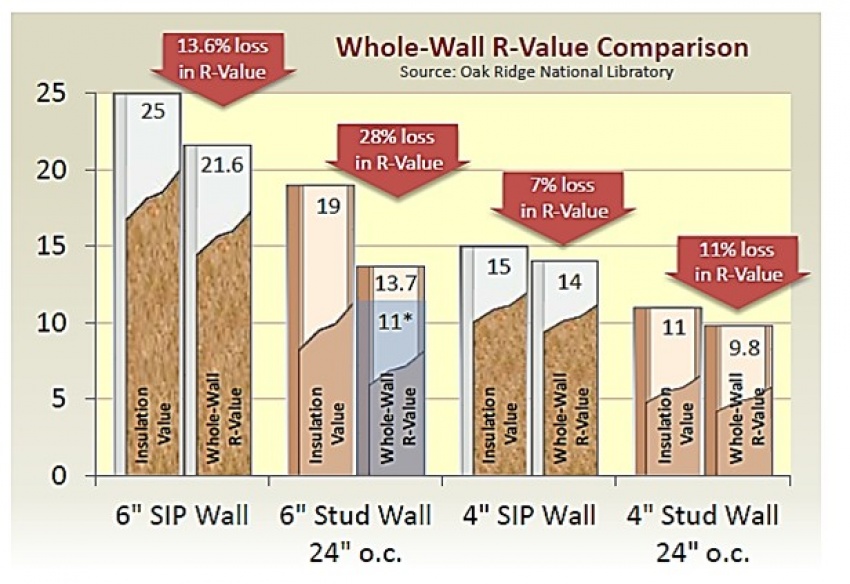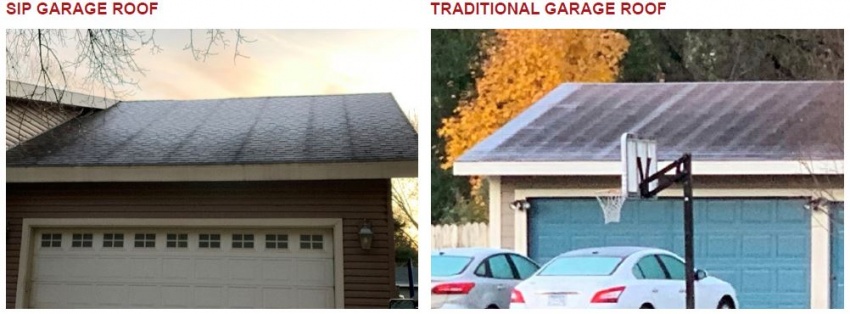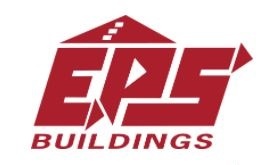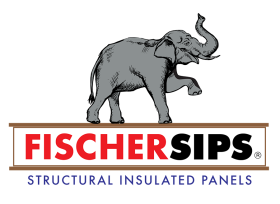R-Values

Insulation is one of the key components of any energy-efficient home or commercial building. With heating and cooling accounting for 50 percent of energy use in the average home, good insulation saves thousands of dollars in utility bills over the life of a home.
Insulation is rated by R-value, which measures a material’s thermal resistance. An insulating material with a higher R-value forms a more effective thermal barrier between the outside temperature and the conditioned space inside the home. Research funded by the U.S. Department of Energy confirms that SIP walls provide more R-value than same-sized stud walls.
Real World Thermal Performance
But R-value doesn’t tell the whole story. Laboratory tests that determine R-value have little resemblance to how insulation actually performs in a home. When considering real world factors such as thermal bridging and imperfect sprayfoam and fiberglass installation, the insulation for a stick frame house can lose more than half its R-value. Research has repeatedly shown that SIPs provide continuous insulation that will maintain its stated R-value for the life of the home and outperform fiberglass insulation every time.
Thermal Bridging
Thermal bridging occurs when wood elements in a structure transmit heat from inside a building to the outside surface. Stick frame construction uses much more wood framing than SIP construction. These same-day photos show that SIPs help keep the heat inside where it belongs. More roof frost on the SIP garage roof means fewer thermal bridges and better insulation; less roof fromt on the traditional garage roof means worse insulation and more thermal bridging.

















